Strong rebound in US stocks continued overnight with DOW wrapped up its strongest three-day rally since 1931. At the same time number of confirmed coronavirus cases in the US surged through China, and Italy, as the pandemic worsens. Total infections now reached 85,594, versus 81,340 as “reported” in China and 80,589 in Italy. Coronavirus deaths in the US hit 1,300, relatively low comparing to Italy’s 8,215, Spain’s 4,365 and China’s “reported” death of 3,292.
New York state is hardest hit with 38,977 infections and 466 deaths. New Jersey (6,876), California (4,044), Washington(3,207) and Michigan (2,856) are quite far behind. New York Governor Andrew Cuomo warned, “any scenario that is realistic will overwhelm the capacity of the healthcare system.” The projected shortfall in ventilators is “astronomical” according to Cuomo.
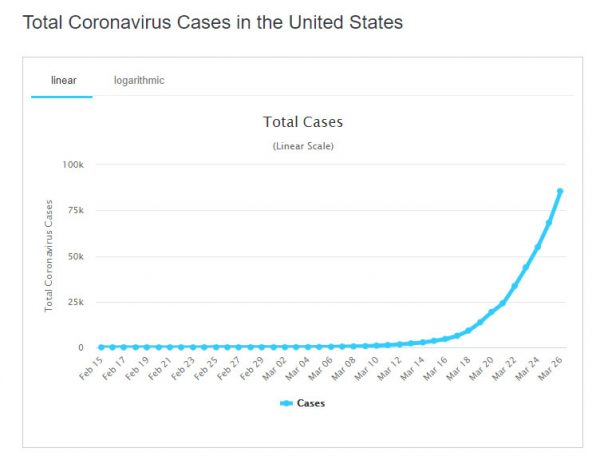
DOW rose 1351.62 pts or 6.38% to close at 22552.17. Corrective target of 38.2% retracement of 29568.57 to 18213.65 at 22551.22 is met already. Upside momentum is starting to diminish as seen in hourly MACD. But there is no sign of topping yet. Thus, further rally could still be seen into early part of next week.
However, we’d expect the correction to complete anywhere between 22551 and 61.8% retracement at 25230.99. Break of 55 hour MACD would likely indicate completion of the rebound and bring retest of 18213.65 low.
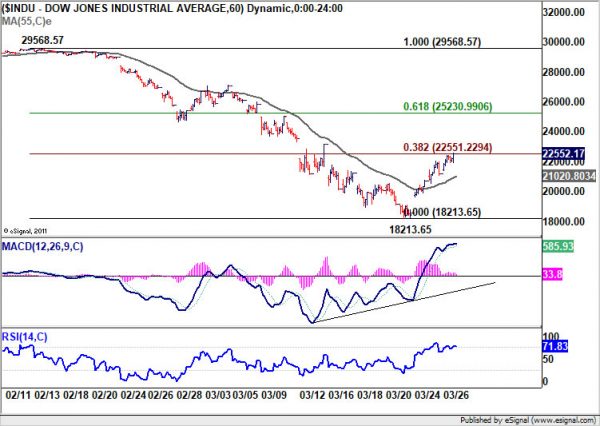




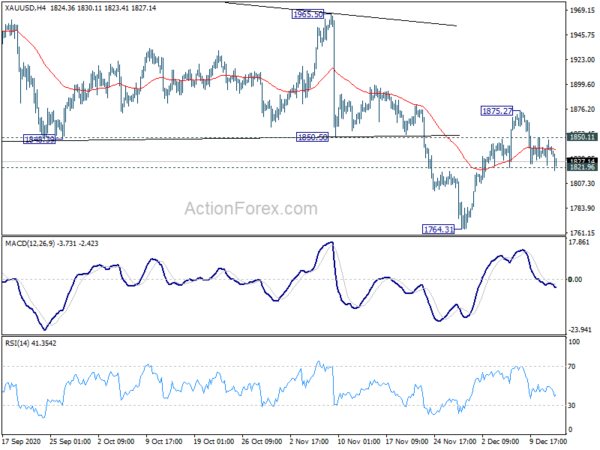
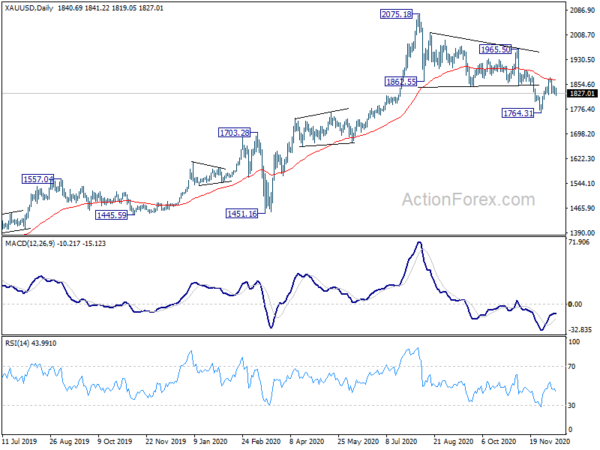
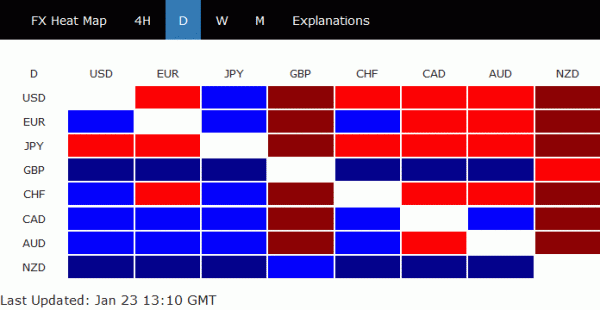
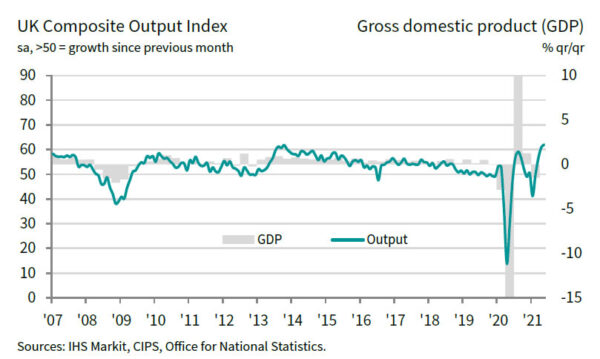


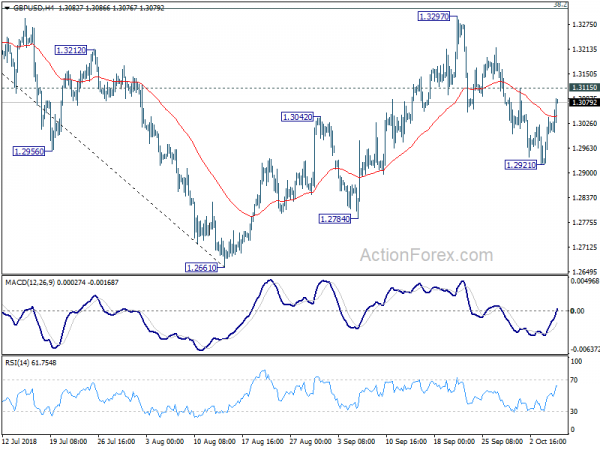
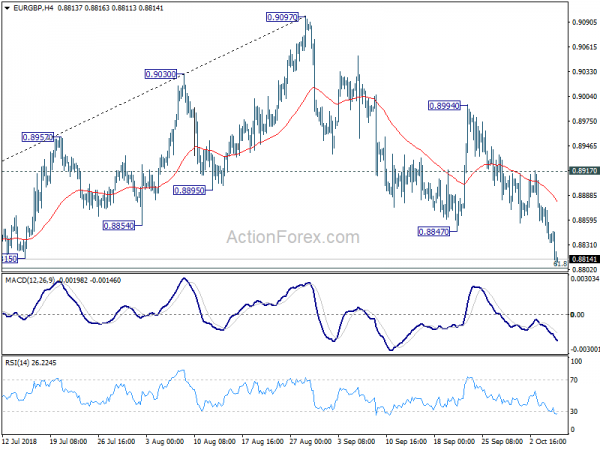
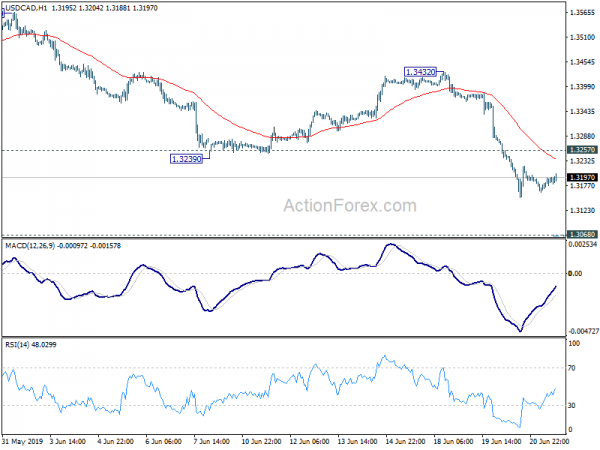
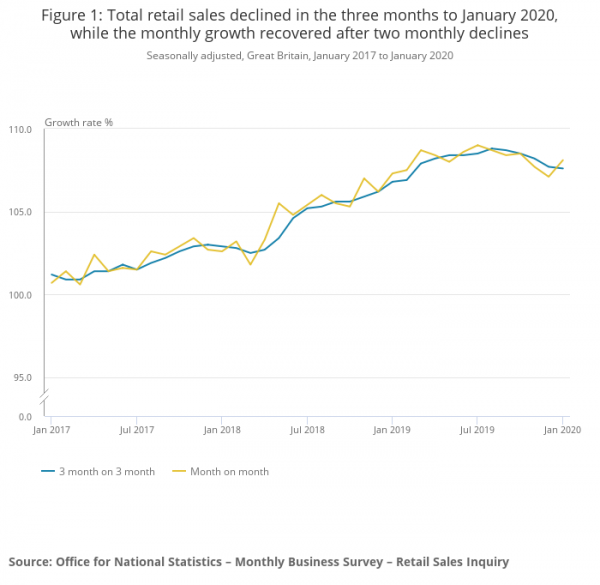
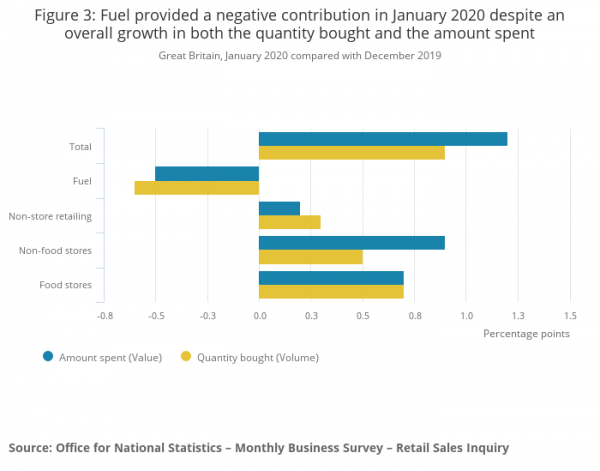
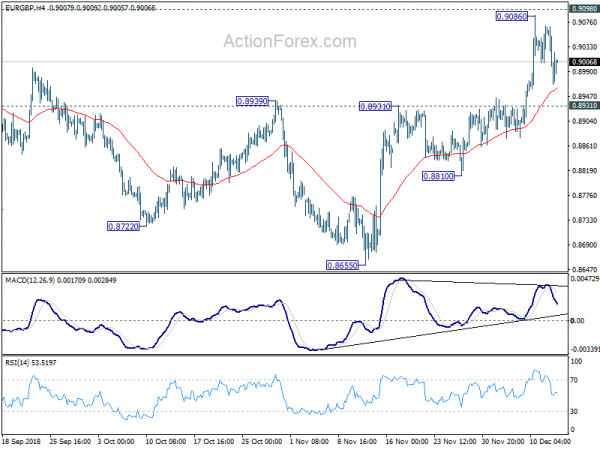
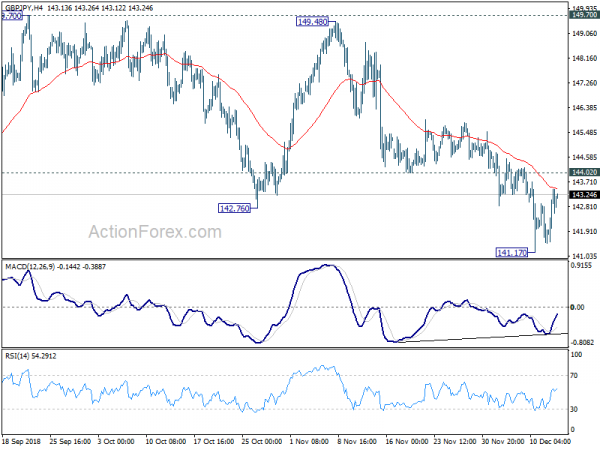
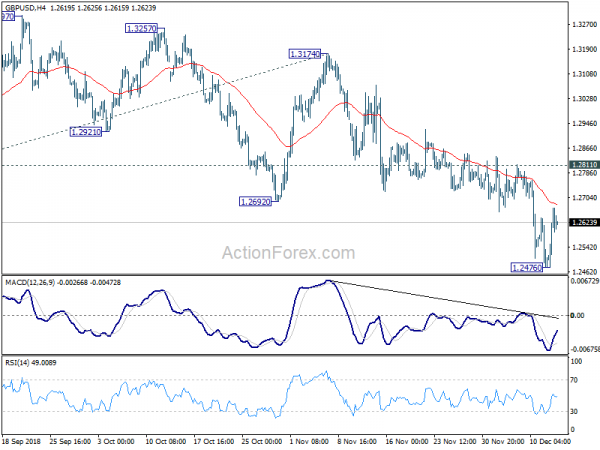
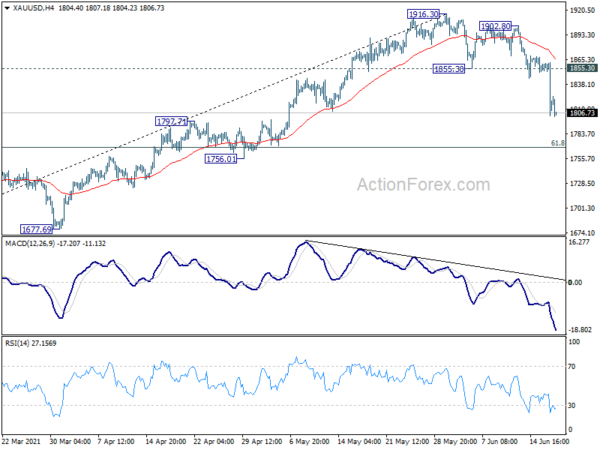
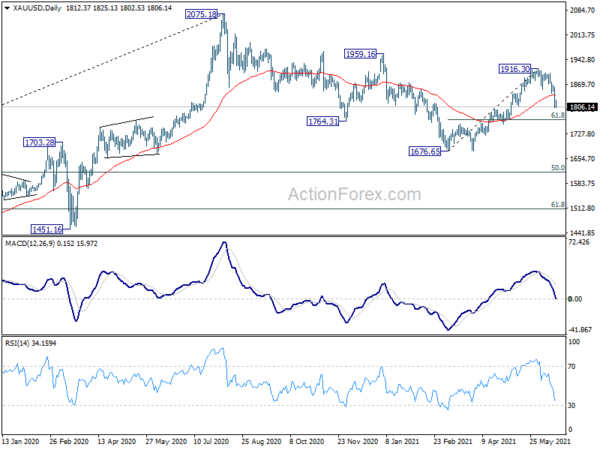
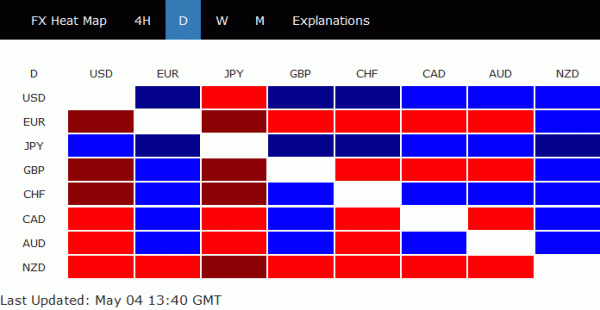
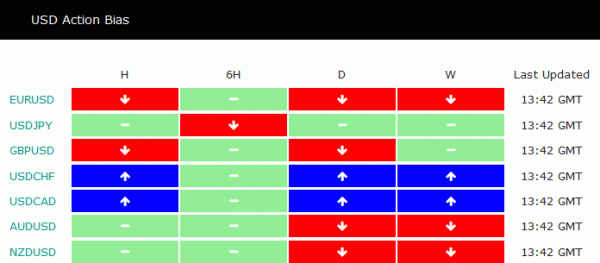
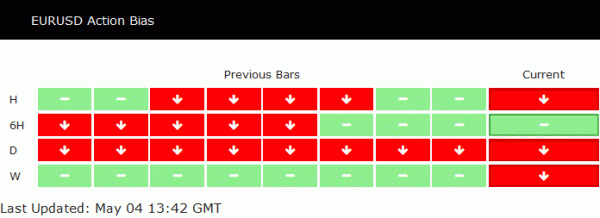
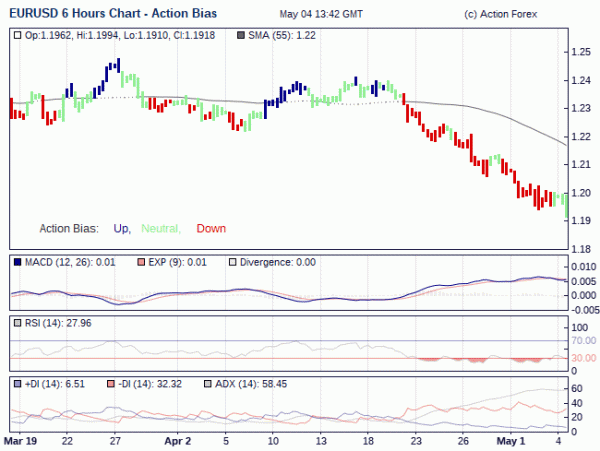

Japan’s PPI slows down for seventh consecutive month
Japan’s PPI for July has once again reported a slowdown, decelerating from 4.3% yoy in the previous month to 3.6% yoy. However, this figure slightly surpassed market expectations, which anticipated a drop to 3.5% yoy. It’s worth noting that this marks the seventh consecutive month of decline for PPI, tracing back from its December peak of 10.6% yoy.
Looking at some details, yen-denominated import prices saw a significant dip. The -14.1% yoy decline in July, a steeper fall than June’s -11.4% yoy, extends the negative trend to its fourth consecutive month.
Simultaneously, yen-denominated export prices also demonstrated downward trends, slipping from a positive growth of 0.8% yoy in the preceding month to a negative -0.2% yoy in July.
Full Japan PPI release here.